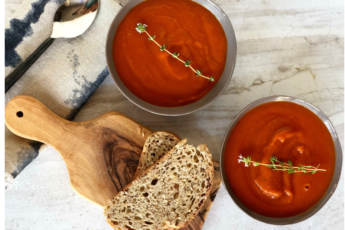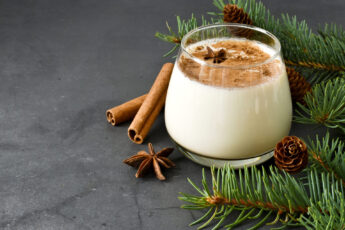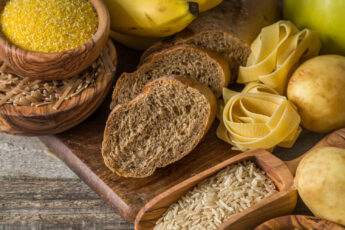Kids and teens seem to want more “energy,” especially in this world where multi-tasking is expected and their desire for non-stop involvement with social media and all things “screen-based”. Indeed, constant engagement is the new normal, to the point that kids (and let’s face it, adults, too) can fear disconnecting from it, even if that means cutting into sleep time. Indeed, Sleep can start to seem like a waste of time.
Enter: “Energy drinks”
Different from “sports drinks,” energy drinks are marketed for their ability to help with focus, concentration (although real evidence is sketchy at best), and overall vigor. The reality: anything called an “energy drink” is really just a liquid stimulant – something to give you a buzz. That buzz usually comes from the added caffeine, but these drinks often have potentially harmful herbs or other compounds as well, including:
• St. John’s wort,
• Yerba mate,
• Methylxanthines,
• Taurine, and more
These ingredients supposedly help improve “focus and concentration” (real evidence for this is sketchy at best) but can also interact negatively with medications kids might be taking.
Sure, coffee and tea have caffeine as well, but their caffeine content is proportional to their volume and even then, kids don’t need the caffeine in them either. If they like the taste of coffee (I do), there are certainly caffeine-free versions they can drink (count me in there as well). On the other hand, a 2-oz. “shot” of an energy drink can have the equivalent of 3 large cups of coffee – and anyone can slam that back in a gulp or two. The makers often throw in some vitamins and minerals to foster the illusion that it’s almost nutritious, but that’s window dressing and don’t be fooled for a minute.
Energy ≠ Vitality
 What concerns me about these drinks is their potential for misuse by teens. One “energy shot” in the evening and they’ll be up until all hours, only to crash the next day when they should be – and need to be – rested and alert.
What concerns me about these drinks is their potential for misuse by teens. One “energy shot” in the evening and they’ll be up until all hours, only to crash the next day when they should be – and need to be – rested and alert.
Some kids use the stimulants as a study aid or because they think the extra focus will help them on a test. Caffeine may or may not, but it’s certainly no substitute for studying and it inevitably has diminishing returns. Once started however, it can be a hard habit to break.
If you need more convincing that “energy drinks” are bad news, the American Academy of Family Physicians opposes even the sale of these drinks to persons under the age of 18 years.
The Bigger Issue: More “Energy” Isn’t the Problem
If kids — or adults — feel they need more energy, they don’t need a drink, they need more sleep. According to the National Sleep Foundation, 7 hours of sleep per night is the bare minimum acceptable amount for school-aged children and teens. Most need between 8 and 10 hours, and aren’t getting it.
Sleep is a big deal. It’s like oxygen – it has no substitute. When you’re well-rested, thinking is clearer, decision-making is more rational, less impulsive. Some hazards of not getting enough sleep:
• Eating impulsively – it’s the body’s futile attempt to get more energy
• Weight gain – see this recent study pointing to a lack of sleep as a risk factor for obesity in kids.
• Poor concentration, cloudy thinking
• Lethargy – you don’t want to be active when you’re already exhausted
What to do for more sleep
If you suspect your kids are using energy drinks, it’s crucial that they stop. Instead of being critical with them, just factual. Make getting sleep a family priority. Here are some tips for creating a home environment that supports a great night’s sleep:
• Shut it down. That means all technology — at least an hour before bedtime, preferably 2 hours. The world will spin, I promise. Cuts down on mindless snacking, too.
• Remove screens from bedrooms.
• Close the kitchen 2 hours before bedtime. GI tracts need time to wind down.
• Bath time. A hot bath or shower relaxes everyone.
• Warm milk. Don’t laugh. Warm drinks are relaxing, but the tryptophan in milk may even help produce some serotonin – the brain’s own sleep aid. Plus, most kids — and adults — aren’t getting the calcium they need. This helps close the gap — and maybe their eyes — a little more.





